In this edition of The Writer’s Journey, CWG contributor Sihui Zhu is pleased to interview celebrated author (and CWG contributor!) Patricia Hruby Powell!
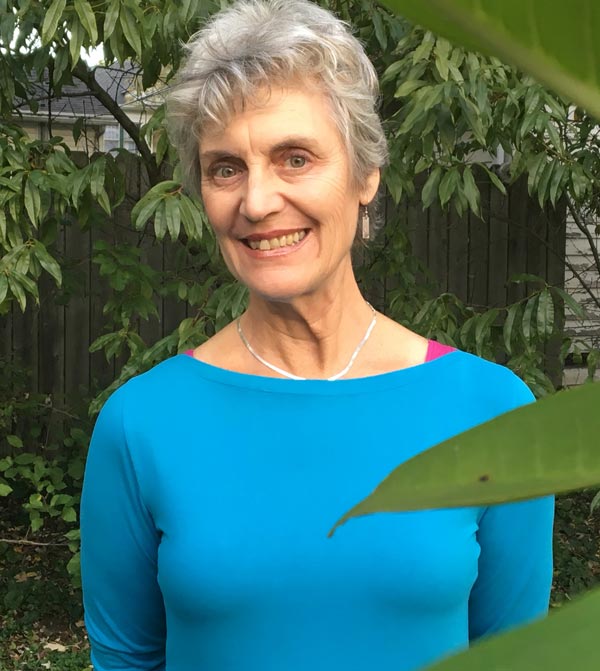
Patricia Hruby Powell
Patricia Hruby Powell danced throughout the Americas and Europe with her dance company, One Plus One, before becoming a writer of children’s books. She has marveled at the spirit, courage, and beauty of Josephine Baker for a long time. While visiting schools as a storyteller / author and working as a librarian, she realized what a great role model Josephine Baker could be to young people. Her picture book Josephine: The Dazzling Life of Josephine Baker has garnered various Honors including the Sibert, Coretta Scott King for illustration, Boston Globe Horn Book for Nonfiction, Bologna Ragazzi; and Parent’s Choice Gold for Poetry. Her other picture books are Blossom Tales, Zinnia, and Frog Brings Rain. Her recent documentary novel Loving vs. Virginia (Chronicle 2017) for young adults and middle grade nonfiction Struttin’ With Some Barbecue (Charlesbridge 2017) are available now. You can purchase Patricia’s books on Amazon, and learn more about Patricia’s work on her web site!
Welcome, Patricia!
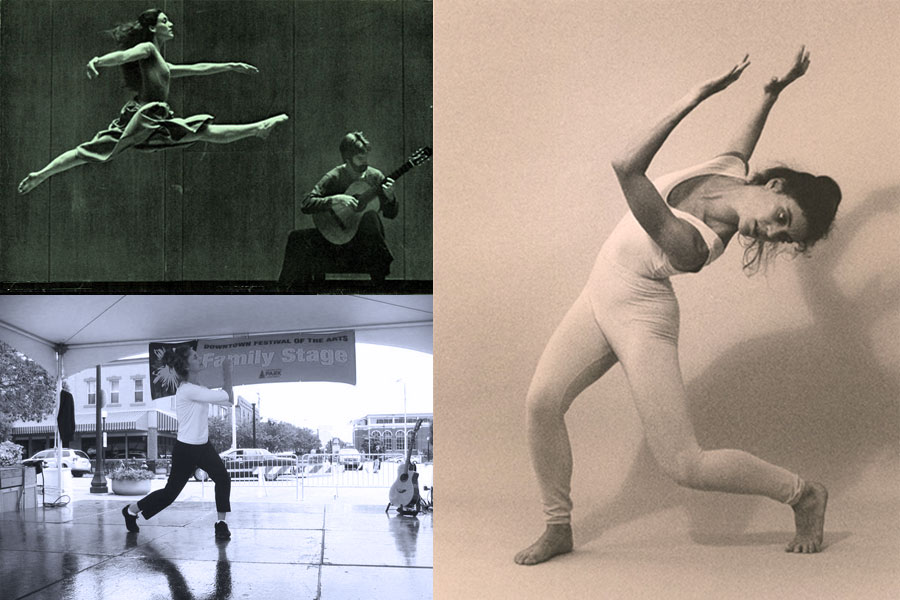
We’re all shaped by our experiences. Students I address during author visits are awed by my experience living in Greece and in London. I encourage these awed students to visit other countries, investigate other cultures. You can start by simply going to restaurants (Chinese, Middle Eastern, Mexican are prevalent). Food is a huge part of a culture. But to get to know people of other cultures broadens our own perspectives—it gives us the ability to empathize with those different than ourselves.
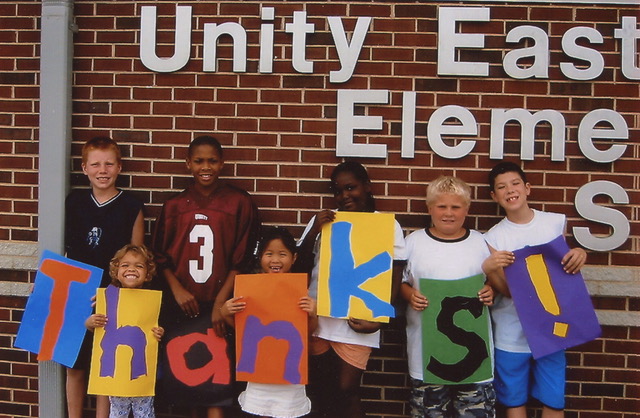
And London felt depressed, gray, not yet recovered from having been bombed during the war.
And being a dancer? It is so much who I am. I oftentimes say my body is smarter than my brain. My body tells me that I MUST get in a pool and play to make my joints happy. I’m in pain otherwise. And I’m tuned in to who a person is by how they move and gesture. As a choreographer I choreographed gestures—maybe made a small movement into a vast movement or simply used a person’s small gesture to indicate her personality. I do that in writing too. I might say about a character who doubts another, “his one eyebrow shot straight up” or describe a gesture that shows a reaction.
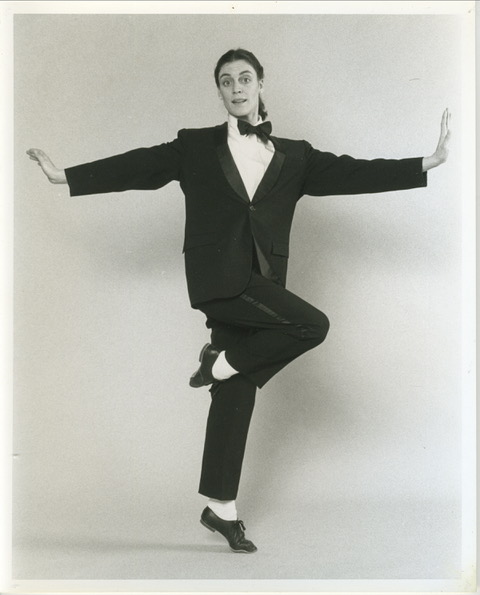
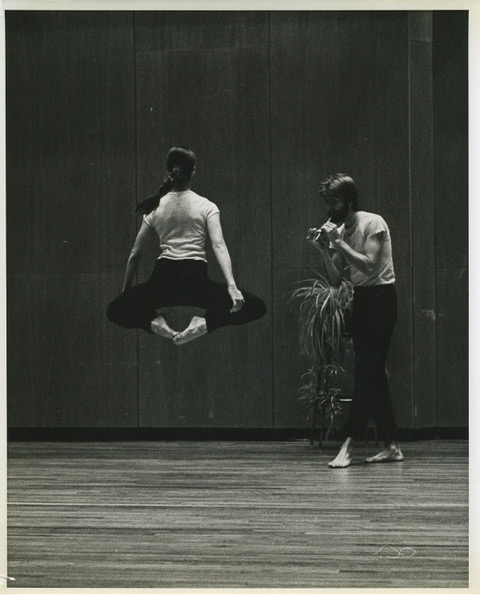
But anyway, while touring with my dance company in South America I started writing a novel called LOON DIVE while I waited between lighting rehearsals and performance time. It was a fictionalized autobiography. I started writing it back stage and then took two years to finish that novel. I never submitted it. But I might go back to it one day. Who knows?
When I was transitioning out of my dance career I needed a practical credential so I could support myself, so I went to library school—that is I got a MS degree in Library and Information Science, thinking that I’d work at a library then go home and do what I really wanted to do which was write. But that’s not what a library career is at all—it’s a full time impassioned investment, so I became a substitute part time librarian—and went home and wrote. And I chose Children’s Librarianship because that’s where I could spend more time examining literature. And during library school I became fascinated by storytelling. So I became a dancing storyteller or a story performer. And I started writing and illustrating my first book FROG PLUS FROG—also a fictionalized autobiography. It’s the story of my dance company One Plus One told by and about frogs. I’m sorry it’s never been published. I still love it.
So I was storytelling, painting, writing and I had to choose. Which wasn’t easy. But I chose writing.
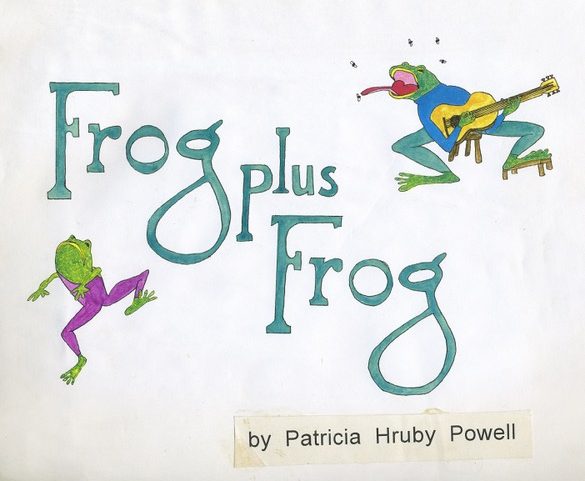
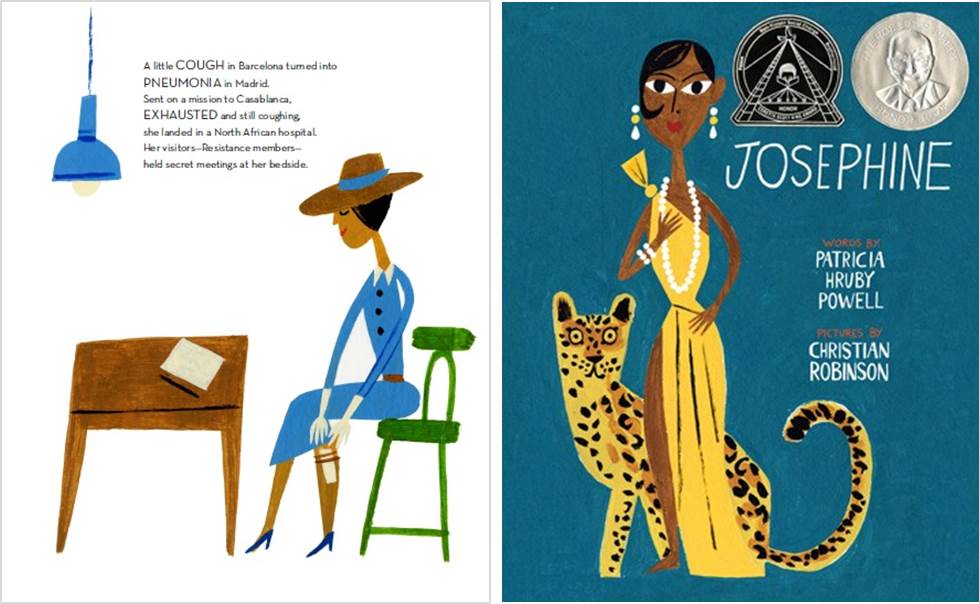
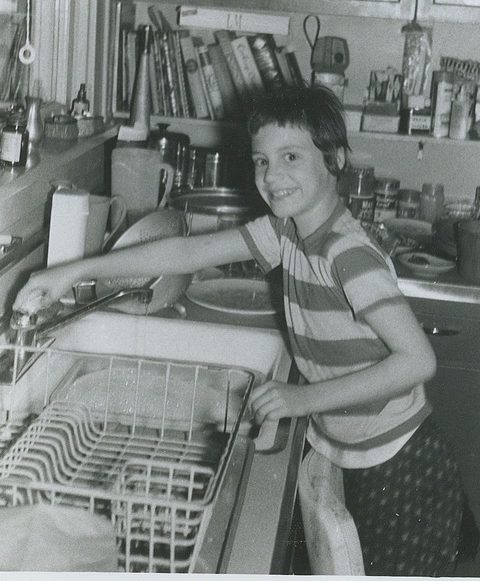
Then came Josephine: The Dazzling Life of Josephine Baker which I reworked on and off for those eight years. As a librarian I witnessed and got to know young girls who needed a role model—that became Josephine who felt she could do anything she set her mind to. And she was a dancer. I SO identify with her.
I studied footage of her, danced her dances, did her movement—became her—in my living room in order to write her story. Besides being a dancer and singer, Josephine spied for the French and the Allies during WWII, adopted 12 children of different cultures and races, and she was a civil rights worker. That civil rights component would lead me to future projects.
I grew up in a household with remarkable, socially conscious parents. I learned by example, that when you saw a social injustice you do something about it. Loving vs. Virginia: A Documentary Novel of the Landmark Civil Rights Case is the love story of Richard Loving (a white man) and Mildred Jeter (a black woman), where the Supreme Court ruled to legalize marriage between races. That case of social injustice was of great interest to me. The book is a love story, set in the Civil Rights Movement of the 1960s.
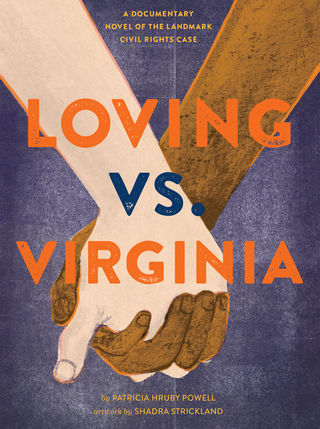
But there are her early music recordings from the 20s, which I studied and there are recorded interviews of her, one by Studs Terkel where she tells stories about her early life. My husband is a jazz trombonist and his band Traditional Jazz Orchestra plays early jazz including tunes by both Lil Hardin Armstrong and her husband the famous Louis Armstrong. My husband Morgan Powell suggested I write about Lil. Living with Morgan for the last 35 years has me living inside the jazz world. Jazz musicians often speak in slang. I read from the era and found all sorts of great slang terms and phrases. Plus I did a good deal of research to be sure that the slang I used—such as “gutbucket cat”—was used in the 20s.
I used this colorful jazz slang because, one, it’s a jazz story and, two, to make the story authentic. The colorful phrases help create a strong rhythm. And I thought kids would find it fun. I sure think it’s fun. I wrote Struttin’ for middle grade readers, so 3rd though 7th grade readers, let’s say. I thought they’d care some about the romance between Lil and Louis. For instance: Lil was savvy and Louis was a bumpkin to Lil’s eye. But she got over that when she realized what a great player he was. I think that almost anyone can relate to that.
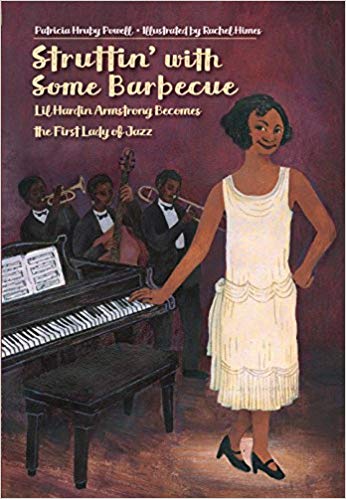
heels flap and chop,
arms scissor and splay,
eyes swivel and pop.
For Struttin’ I listened to the early Hot Five which is the band she put together for her husband Louis Armstrong. It’s a very early jazz music recording. I got inside her and Louis’ music—till it filled me. That was easy. Then I wrote in that melody and rhythm. That was work, to convey what I felt—work that I love.
As for Loving vs. Virginia, watching footage and newsreels of Richard Loving and Mildred Jeter Loving—their soft spoken Southern speech sounds like lyrical poetry to me. Thus, verse.
My friends in England, overall, urged me to use British table manners and utensil use—you know, how they use knife and fork differently than Americans. I was young and like a sponge. I spoke with a British accent until I returned to the States. Maybe because I sponge up culture I can readily empathize. Maybe because I had that experience when I was young, when I was still forming it’s what I do easily. (But I have the good manners to return to my own culture. 😉
Inspiration? It comes from everywhere. Lately, I research and stumble upon the next vein that I want to write about. For instance, I’m completing a YA book on women’s suffrage. And I realize the bicycle was instrumental in giving women freedom so I want to write a picture book maybe entitled The Mighty Humble Bicycle about that.
I draw inspiration from what I see happening around me, my own life certainly, my dreams, as I’ve mentioned. From nature. I love the Earth. I’m surprised I haven’t written an Earth centered book yet—well, one that I’ve gotten published.
As far as collaborating with illustrators, it might seem counter-intuitive, but don’t do it. It’s the editor’s and art director’s jobs to match text with art. That’s their job, not yours. If you submit someone’s art with your text it looks amateurish, like you haven’t done your homework. That is, unless you are one and the same. Hooray for you if you’re an author/illustrator. You will find it much easier to find an agent. An agent who submits your text only receives half the royalty. If you’re also the artist, your agent (and you) gets both halves of the royalty.
The most important advice is to read read read read. And write. You get better by doing it. Find or create a writer’s critique group. My critique group started in the early 90s and we’ve grown up together as writers, gotten published together, celebrate each other’s successes.
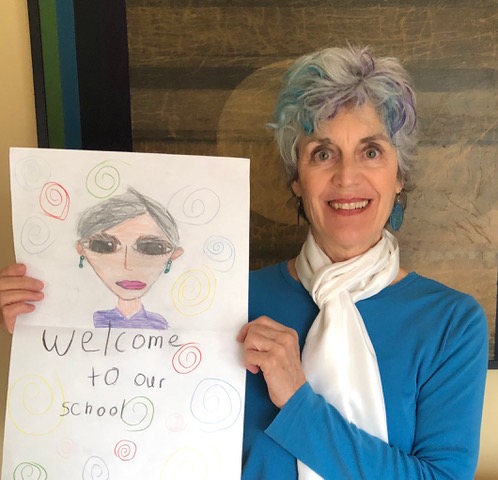
Thank you so much, Patricia, for sharing your story with us! (CWG readers, you can see all of Patricia’s wonderful contributions to CWG on her profile page!


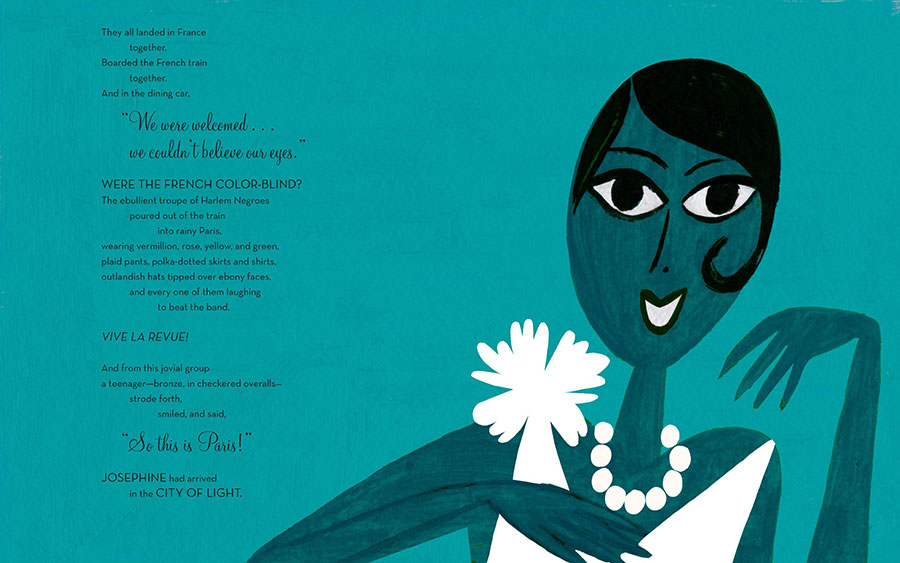
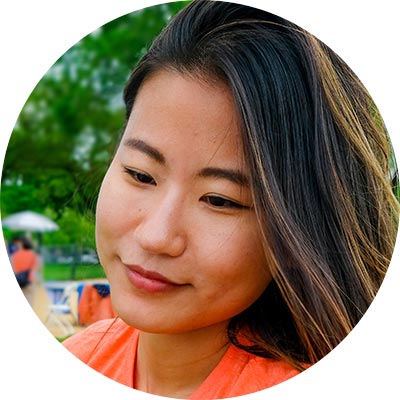 Sihui Zhu
Sihui Zhu 